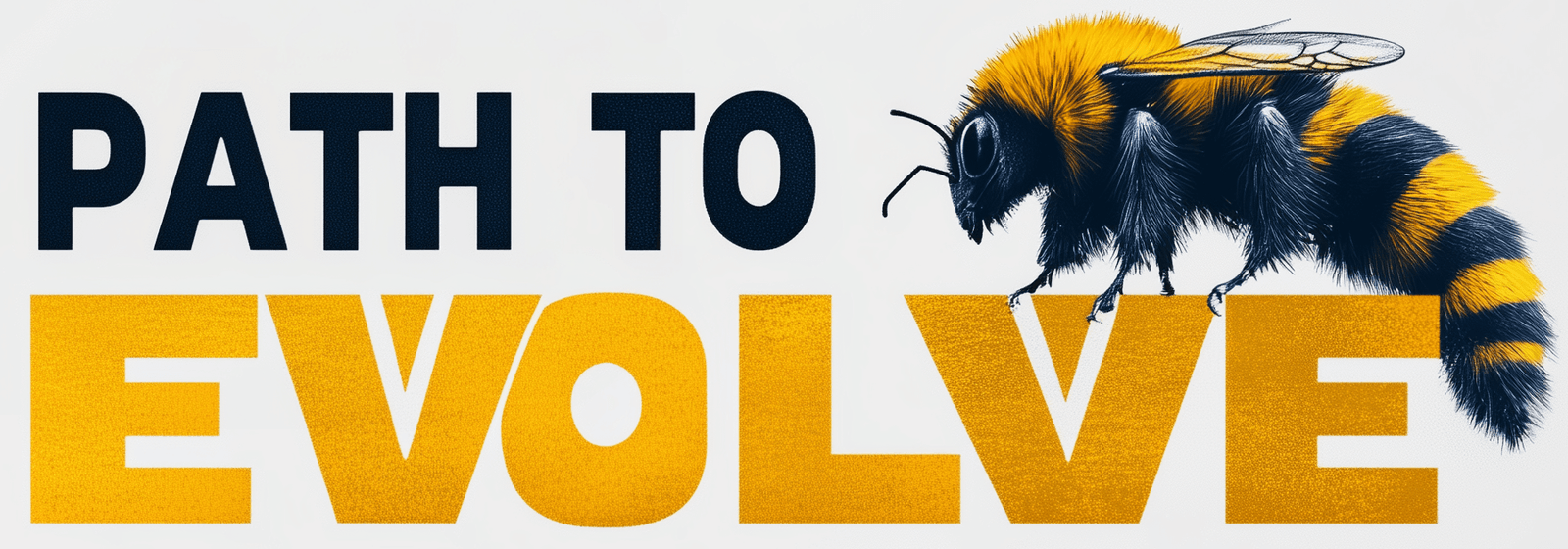Hacking Your Brain for Productivity: The Science of Time Management
In an era filled with distractions and a constant demand for our attention, maximizing productivity can often feel like an uphill battle. However, by understanding how your brain works and employing effective time management strategies, you can significantly enhance your productivity and achieve your goals more efficiently. This article explores the science behind productivity, how time management relates to brain function, and actionable techniques to help you “hack” your brain to work smarter, not harder.
Understanding How Your Brain Impacts Productivity
The human brain is a highly complex organ that governs our thoughts, emotions, and actions. Understanding its structure and the way it functions can help us optimize productivity and manage time effectively.
1. The Prefrontal Cortex and Executive Function
The prefrontal cortex is the part of the brain responsible for executive functions, which include planning, decision-making, problem-solving, and regulating behavior. This part of the brain helps us stay focused, set goals, and prioritize tasks.
- Focus and Attention: The prefrontal cortex helps manage our attention span and concentration. Keeping this part of the brain engaged is essential for productivity.
- Cognitive Flexibility: Cognitive flexibility is the ability to switch between tasks and adapt to new situations. It’s vital for multitasking, but frequent task switching can lead to cognitive fatigue and reduced productivity.
2. The Role of Dopamine
Dopamine is a neurotransmitter often referred to as the “motivation molecule.” It plays a critical role in our motivation and reward system, helping us feel a sense of satisfaction when we complete tasks.
- Motivation and Rewards: Setting small, achievable goals and rewarding yourself for completing them releases dopamine, which reinforces positive behavior and keeps you motivated.
- Avoiding Procrastination: Low dopamine levels can contribute to procrastination and a lack of motivation. Boosting dopamine through small wins can help overcome procrastination.
3. Circadian Rhythms and Productivity
Circadian rhythms are the body’s internal clock that regulate sleep-wake cycles and energy levels. Aligning your work schedule with your natural energy peaks can help maximize productivity.
- Morning Productivity: For most people, the early morning hours are when the brain is most alert and focused. This is often the best time for tackling high-priority tasks that require deep focus.
- Afternoon Slump: Energy levels typically dip in the afternoon, making it a good time for less demanding tasks such as responding to emails or attending meetings.
The Science of Time Management
Time management is not just about organizing your schedule—it’s about leveraging the brain’s natural processes to get the most out of your day. Understanding how the brain perceives time and how different techniques can optimize focus can help you work more efficiently.
1. The Pomodoro Technique
The Pomodoro Technique is a time management strategy that involves breaking work into 25-minute intervals (Pomodoros), followed by short breaks. This technique helps to maintain focus and prevent mental fatigue.
- Why It Works: The brain tends to lose focus after prolonged periods of work. Short bursts of focused activity, followed by breaks, help to keep the brain engaged and reduce the risk of burnout.
- How to Implement: Set a timer for 25 minutes, work on a specific task until the timer goes off, and then take a 5-minute break. After four Pomodoros, take a longer break of 15-30 minutes.
2. Time Blocking
Time blocking is a method where you allocate specific blocks of time to different tasks or activities throughout the day. This technique helps prevent multitasking and ensures that each task receives dedicated focus.
- Structured Schedule: Time blocking creates a structured schedule that helps you stay on track and minimizes the likelihood of distractions.
- Batch Similar Tasks: Group similar tasks together, such as answering emails or scheduling meetings, to improve efficiency and reduce cognitive load.
3. Eat the Frog
“Eat the Frog” is a time management technique based on tackling the most challenging or important task first thing in the morning.
- Why It Works: Completing a difficult task early in the day creates a sense of accomplishment and boosts motivation, making the rest of the day feel more manageable.
- How to Apply: Identify your “frog” the night before—the task you are most likely to procrastinate on—and prioritize it as the first task the next morning.
4. Parkinson’s Law
Parkinson’s Law states that “work expands to fill the time available for its completion.” Setting shorter deadlines can help you complete tasks more efficiently.
- Create Urgency: By limiting the time you have to complete a task, you create a sense of urgency that forces you to focus and work efficiently.
- Set Time Limits: Break tasks into smaller segments and assign a specific time limit for each, ensuring you stay on track and avoid overthinking.
Techniques for Hacking Your Brain for Productivity
To truly “hack” your brain for productivity, it’s essential to work with its natural tendencies rather than against them. Here are some effective techniques to enhance focus and productivity:
1. Use Positive Reinforcement
Positive reinforcement is a powerful motivator for the brain. Rewarding yourself for completing tasks can help keep you on track and boost motivation.
- Small Rewards: Give yourself small rewards for completing tasks, such as a short break, a snack, or a favorite activity.
- Dopamine Boost: These rewards trigger the release of dopamine, which reinforces productive behavior and encourages you to stay motivated.
2. Eliminate Decision Fatigue
Decision fatigue occurs when the quality of decisions deteriorates after making too many decisions. Minimizing the number of decisions you need to make can help preserve cognitive energy for important tasks.
- Plan Ahead: Plan your day the night before, including what tasks to work on and what to wear, to reduce the number of decisions you need to make in the morning.
- Simplify Routine Choices: Simplify routine choices, such as meal planning or clothing selection, to reduce decision fatigue and conserve mental energy.
3. Practice Mindfulness and Meditation
Mindfulness and meditation can improve focus, reduce stress, and enhance overall productivity. By training the brain to stay present, you can minimize distractions and improve your ability to concentrate.
- Daily Practice: Dedicate 10-15 minutes each day to mindfulness meditation to improve focus and reduce stress.
- Focus on Breathing: Practicing mindful breathing can help calm the mind and improve concentration, especially during high-stress periods.
4. Leverage Habit Stacking
Habit stacking involves linking a new habit to an existing one, making it easier to integrate into your routine. This technique can help you build productive habits more effectively.
- Pair Habits Together: For example, pair a new habit like reviewing your to-do list with an existing habit like having your morning coffee.
- Cue-Based Routine: Use an existing habit as a cue for the new behavior, reinforcing consistency and making it easier for the brain to adopt.
5. Optimize Your Environment
Your environment plays a crucial role in influencing your productivity. By creating an environment that minimizes distractions and enhances focus, you can boost your productivity.
- Declutter Your Workspace: A cluttered workspace can be distracting. Keep your workspace clean and organized to create a calming environment.
- Control Noise Levels: If noise is a distraction, consider using noise-canceling headphones or listening to instrumental music to maintain focus.
Best Practices for Effective Time Management
Incorporating these productivity hacks into your daily routine can help maximize efficiency, but consistency is key. Here are some best practices to maintain effective time management:
1. Set Clear Goals
Setting clear and achievable goals gives your brain a target to work towards and helps maintain focus.
- SMART Goals: Use the SMART (Specific, Measurable, Achievable, Relevant, Time-bound) framework to set goals that are realistic and achievable.
- Break Goals into Milestones: Breaking larger goals into smaller milestones makes them more manageable and provides regular opportunities for celebration.
2. Prioritize Tasks with the Eisenhower Matrix
The Eisenhower Matrix helps you prioritize tasks based on their urgency and importance. This helps you focus on what matters most and avoid wasting time on less important activities.
- Quadrant System: Divide tasks into four quadrants: urgent and important, important but not urgent, urgent but not important, and neither urgent nor important.
- Focus on Important Tasks: Prioritize tasks that are important but not urgent to ensure you are working proactively rather than reactively.
3. Manage Energy, Not Just Time
Productivity is not just about managing time—it’s also about managing energy. Working when your energy levels are at their peak can lead to better outcomes.
- Track Energy Levels: Pay attention to your energy levels throughout the day and schedule high-focus work during your most productive times.
- Take Breaks: Regular breaks are essential for maintaining productivity and preventing burnout. Consider using techniques like the Pomodoro Technique to ensure you take breaks throughout the day.
Conclusion
Hacking your brain for productivity is about working with its natural tendencies and understanding how it functions to enhance focus, motivation, and time management. By leveraging techniques such as the Pomodoro Technique, time blocking, mindfulness, and positive reinforcement, you can improve your productivity and achieve your goals more effectively. Remember, productivity is not just about working harder—it’s about working smarter and making the most of the time and energy you have.



No Comment! Be the first one.